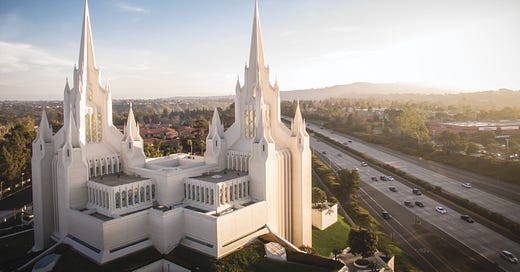Americans Might be Lonelier than Ever, But Mormon Communities Are Thriving
How Mormons Build Meaningful Connections and Why it Matters
It’s difficult to be optimistic about the state of American public life these days. Neighborhoods are being torn apart by politics. We are suffering through a national civic decline, a friendship recession and an epidemic of loneliness. And we’re seemingly angry about everything.
And yet, if you ask Americans about life in their own community the situati…
Keep reading with a 7-day free trial
Subscribe to American Storylines to keep reading this post and get 7 days of free access to the full post archives.




